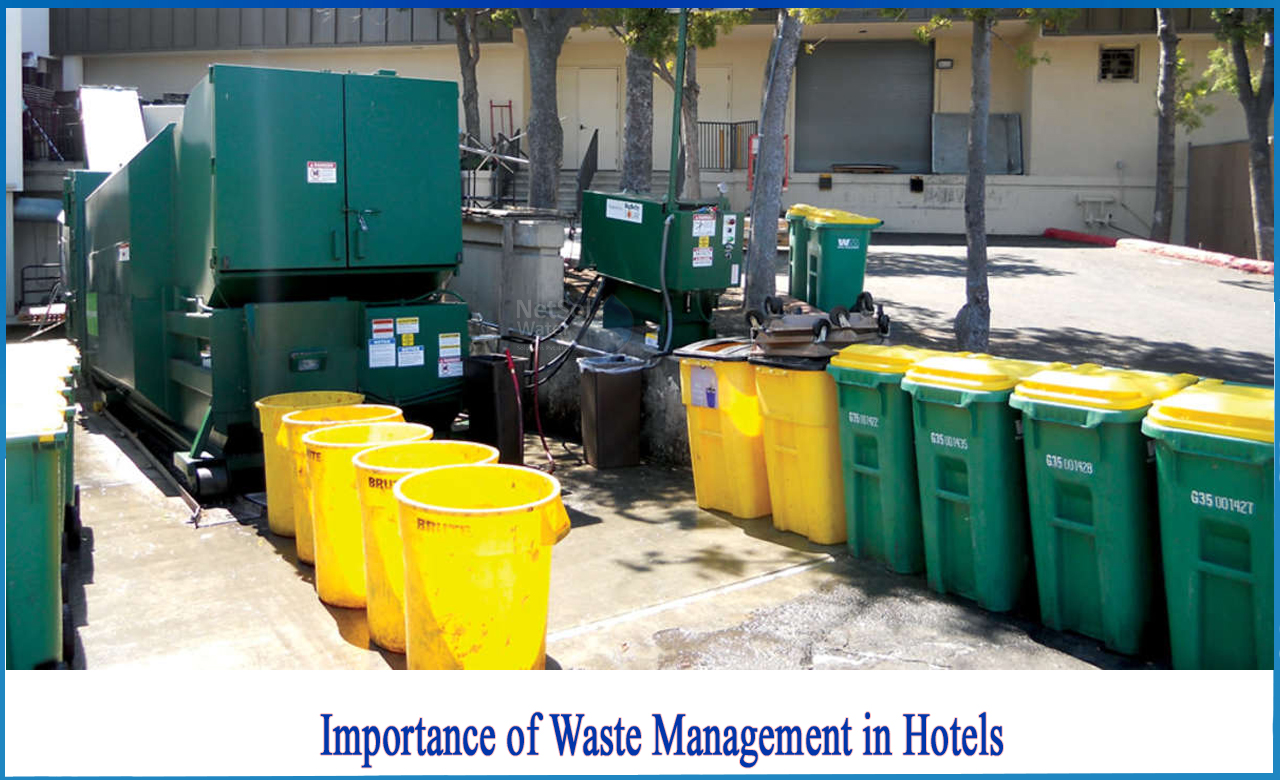3 Simple Techniques For Reclaim Waste
Table of ContentsAll about Reclaim WasteWhat Does Reclaim Waste Do?Reclaim Waste - TruthsHow Reclaim Waste can Save You Time, Stress, and Money.All about Reclaim Waste
Discover the kinds, incidents, and forms of fluid waste. Domestic sewage waste describes the waste and items from a residential septic system. This sort of waste is produced by humans in homes, institutions, and other structures. This only includes septic containers that have a drainpipe field. The appropriate administration and disposal of domestic sewer waste call for fluid waste to be transferred to a sewage treatment plant where the appropriate techniques and tools are put on detoxify and get rid of waste.
Industrial waste often includes prospective hazards, such as flammable materials or a combination of liquid and strong waste products, and needs an extra innovative and in-depth disposal procedure. The disposal of business waste commonly includes the purification of waste prior to transportation to guarantee risk-free and correct disposal. Industrial waste is developed from byproducts and overflow of commercial procedures and manufacturing.
This sort of waste can not use the exact same sewage management transport or processes as septic or business fluids. The hazardous waste monitoring procedure requires the assessment and testing of liquid waste prior to it undergoes the disposal procedure (liquid waste removal). Drainage waste is the fluid waste that originates from runoff and excess stormwater in highly populated locations or cities
Drainage waste can create contamination and flooding if not taken care of appropriately. Making sure correct waste management can prevent catastrophes and decrease ecological injury.
The Reclaim Waste Diaries
Get in touch with PROS Services today to discover our waste monitoring and disposal services and the correct ways to look after the liquid waste you generate.
(https://telegra.ph/Expert-Liquid-Waste-Disposal-and-Removal-Services-in-Melbourne-11-12)Do you know what happens to your water when you disengage, flush the toilet or drain pipes the washing device? No? Well, it deserves recognizing. This supposed 'wastewater' is not only an essential source however, after therapy, will certainly be released to our land, rivers or the ocean. Used water from commodes, showers, baths, kitchen sinks, washings and industrial procedures is called wastewater.

water utilized to cool down machinery or tidy plant and tools). Stormwater, a form of wastewater, is drainage that flows from agricultural and city locations such as roof coverings, parks, yards, roadways, paths and rain gutters into stormwater drains pipes, after rain. Stormwater moves neglected directly to neighborhood creeks or rivers, eventually reaching the sea.
All About Reclaim Waste
In Queensland, most wastewater is treated at sewer therapy plants. Wastewater is delivered from domestic or industrial websites via a system of sewage systems and pump stations, referred to as sewerage reticulation, to a sewage treatment plant. Local governments develop, keep and run most sewer therapy plants. Operators are accredited under the Environmental Management Act 1994 to release cured wastewater at an appropriate ecological standard right into rivers.
The Department of Natural Resources encourages local governments about handling, operating and keeping sewage systems and therapy plants. In unsewered areas, neighborhood federal governments might need householders to mount specific or family sewage therapy systems to deal with residential wastewater from toilets, kitchen areas, shower rooms and laundries. The Department of Natural Resources authorises making use of household systems when they are confirmed to be effective.
Many stormwater receives no therapy. In some brand-new class, treatment of some stormwater to remove trash, sand and crushed rock has begun utilizing go to this website gross contaminant catches. Wastewater therapy happens in four phases: Eliminates solid matter. Bigger solids, such as plastics and other objects wrongly released to drains, are removed when wastewater is passed via displays.
Wastewater after that streams right into large tanks where solids work out and are removed as sludge. Oil and scum are skimmed from the surface area. Utilizes little living organisms referred to as micro-organisms to break down and remove staying dissolved wastes and great fragments. Micro-organisms and wastes are integrated in the sludge. Eliminates nitrogen and phosphorus nutrients that might create algal blooms in our rivers and intimidate water life.
8 Easy Facts About Reclaim Waste Shown
Nutrient elimination is not available at all sewage treatment plants due to the fact that it requires expensive specialised devices. It is coming to be extra usual in Queensland. Clear liquid effluent produced after treatment may still include disease-causing micro-organisms. If this effluent is launched into waterways such as rivers or the sea, the micro-organisms will ultimately die out.

A lot of wastewater flows right into the sewerage system. Under the Act, regional governments provide approvals and licences for environmentally pertinent activities (Periods) entailing wastewater releases that might have a neighborhood effect.
The Definitive Guide for Reclaim Waste
Or else, samples are considered lab evaluation. Typically several tests are required to establish the levels of each of the various pollutants such as oils, heavy steels and chemicals in water. Monitoring gives factual information regarding water quality and can verify that permit problems are being met. The info gotten via monitoring gives the basis for making water top quality decisions.